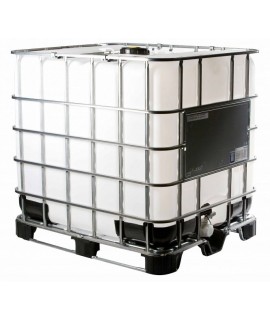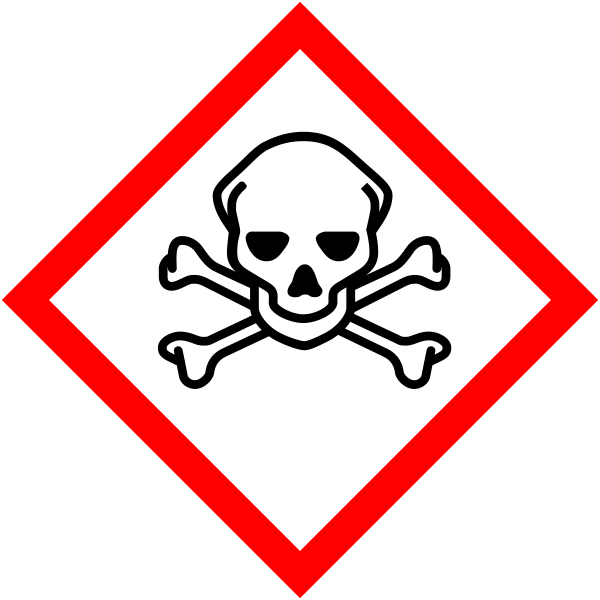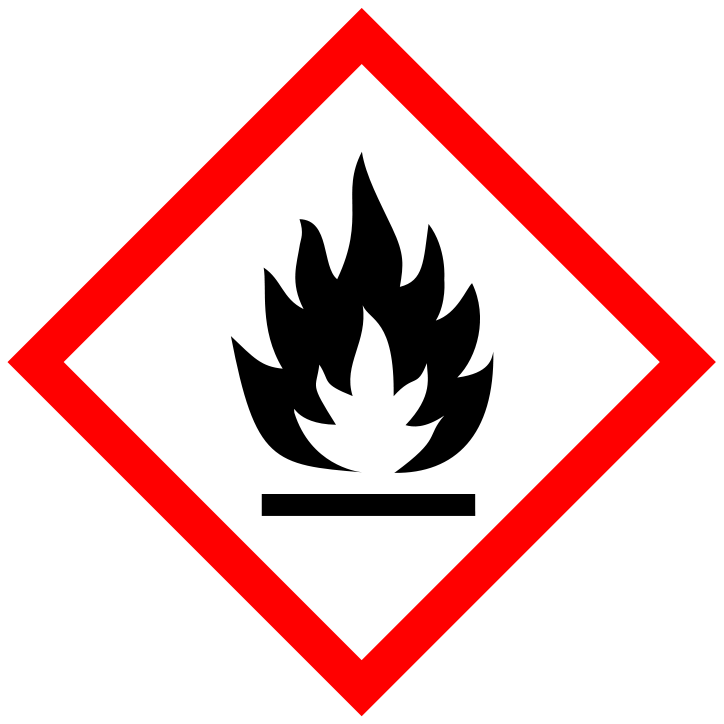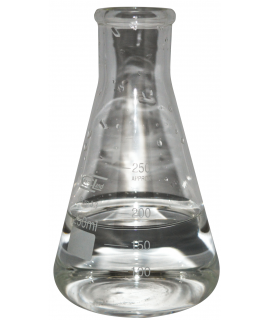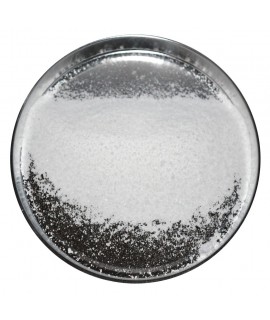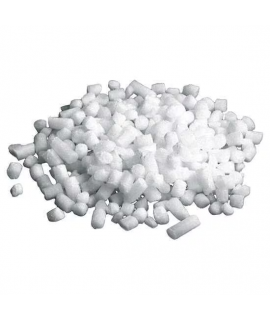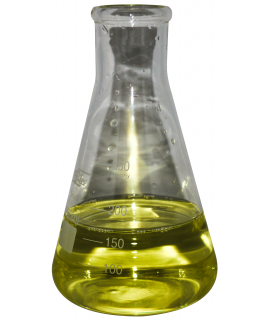METHANOL 99%, L
1,300.00 €
01651102
Wood alcohol, CAS 67-56-1, methyl alcohol, carbinol, Columbian spirits, Hydroxymethane, Methyl alcohol, Methyl hydrate, Methyl hydroxide, Methylic alcohol.
Parameter | Attribute |
Methanol | carbinol, Columbian spirits, Hydroxymethane, Methyl alcohol, Methyl hydrate, Methyl hydroxide, Methylic alcohol, Methylol, Pyroligneous spirit, Wood alcohol, Wood naphtha, Wood spirit |
Formula | CH3OH; CH4O |
Structure |
|
IUPAC | Methanol |
CAS | 67-56-1 |
Molar mass | 32,04 g/mol |
Density | 0,792 g/cm3 |
Solubility | Miscible with water |
Methanol, also known as methyl alcohol or wood alcohol. It is a compound with the chemical formula CH3OH. It is a colorless, flammable, highly poisonous (as little as 2 g of methanol can cause blindness and 40 g can cause death) liquid with a distinctive smell (methanol is very similar to ethanol in smell, taste and appearance). It is freely soluble in water. It is mainly used in industry, for example as a solvent in the production of silk, biodiesel (methyl ester), de-icing fluids.
In the fuel industry, methanol is sometimes used in internal combustion engines. The problem with high concentrations of methanol in fuels is that alcohols corrode some metals, especially aluminum. Methanol is also a "cold" fuel, which can cause problems with starting engines in cold weather. It also has half the energy density of petrol, which means that twice the volume of methanol will be needed. Methanol is an alternative fuel for ships, helping the shipping industry to comply with increasingly stringent emissions regulations. It significantly reduces emissions of sulfur oxides (SOx), nitrogen oxides (NOx) and particulates. Methanol can be used in high-efficiency marine diesel engines after minor modifications using a small amount of test fuel (dual fuel). Direct methanol fuel cells are unique in their low temperature and atmospheric pressure performance and can be greatly reduced. Methanol is also widely used in camping and yacht stoves. Methanol burns well in a non-concealable burner, so alcohol burners are often very simple in design, light and simple. This complexity makes them a favorite among hikers spending extended periods in the countryside. In some cases, carbomer is added to the methanol to turn it from a liquid to a gel to reduce the risk of leaks or spills.
In the aviation industry, methanol solutions are used in jet engines as anti-icing agents. Since methanol solutions are very effective in melting ice, they are sprayed onto turbine parts that may become iced. If the vapor does enter the jet engine, it burns in the combustion chamber.
In some wastewater treatment plants, a small amount of methanol is added to the effluent to provide a carbon food source for denitrifying bacteria, which convert nitrate into nitrogen gas and reduce nitrification of sensitive aquifers.
In cars, methanol is used as an ice solvent and as an antifreeze in piping and windscreen washer fluids. In the early 1900s, methanol was used as an antifreeze for automotive coolant, but was abandoned because methanol is more volatile than water and the antifreeze parameters change very quickly. As of 2018. In May 2018, the EU banned the use of methanol in windscreen washes for the general public. Professional users can continue to use methanol-based windscreen washes. In motorsport, methanol is used as an air coolant. At high engine speeds, a large amount of heat is released and the antifreeze does not have time to carry this heat to the radiator, which can cause the engine block to warp, melt or suffer other damage. In order to reduce the combustion chamber temperature, a 50/50 mixture of methanol and water is injected into the air supply to cool the incoming air and allow the water vapor to absorb a large amount of heat. This allows the engine temperature to be regulated, even under extremely high engine loads.
In the cleaning industry, methanol is used as a solvent and stain removal (cleaning) agent in polyacrylamide gel electrophoresis.
In the chemical industry, methanol is a widely used raw material in various processes. Formaldehyde (oxidation of methanol) and acetic acid (reaction of methanol with carbon monoxide using a catalyst) can be produced directly from methanol. Mixing methanol with isobutene produces methyl tert-butyl ether. The condensation of methanol into hydrocarbons and aromatic systems is the basis for gas-to-liquid conversion technologies. Methanol conversion can be: methanol-to-hydrocarbons (MTH), methanol to gasoline (MTG), methanol to propylene (MTP). These conversions are carried out using zeolites as heterogeneous catalysts.
Important: Add the item to your basket, fill in the recipient's details and confirm your order. Thank you!
To save your precious time, we will deliver your order to your address at a time convenient for You!
*- Pictures of the goods may not reflect the actual appearance, color, assembly or shape of the goods and their packaging. The information in the product description is general and may not correspond to the information on the packaging of the product and may not be accurate as to the use of the product. The information given on the stocks and prices of goods may, in certain cases, differ from the actual prices and stocks of goods
**- Trade in toxic substances shall be carried out in accordance with the provisions of the Law on the Control of Poisonous Substances of the Republic of Lithuania (current version). The purchaser must present a permit to work with toxic substances before purchasing toxic substances
Signal word: Danger |
Hazard icons:
|
Danger phrases: H225 Highly flammable liquid and vapor H331 Toxic by inhalation H311 Toxic in contact with skin H301 Toxic by ingestion H370 ** Harmful to organs |
Precautionary statements: P210 Keep away from heat sources/sparks/open flames/hot surfaces. - Do not smoke. P261 Try not to inhale dust/fumes/gas/smoke/vapor/aerosol. P280 Wear protective gloves/protective clothing/use eye/face protection. P307 + P311 In case of exposure: Call the ACCIDENT CONTROL AND INFORMATION OFFICE or seek medical advice. P405 Keep locked. P501 Dispose of contents/container according to national requirements. |
01651102
Related products
(8 other products in the same category)


